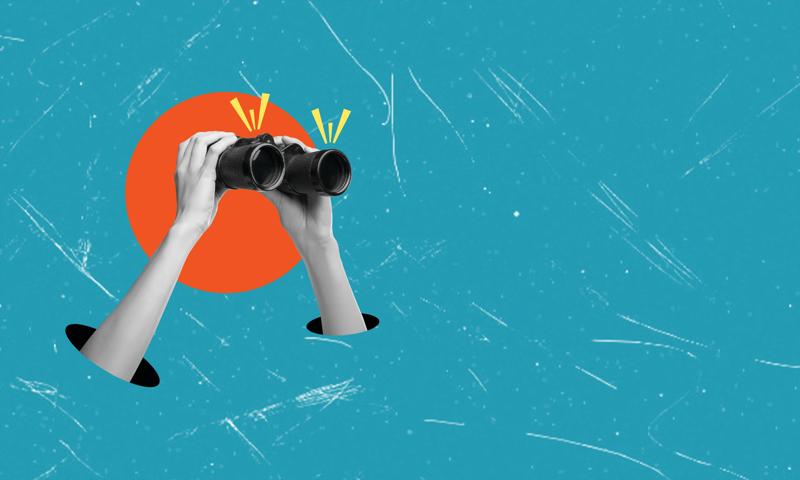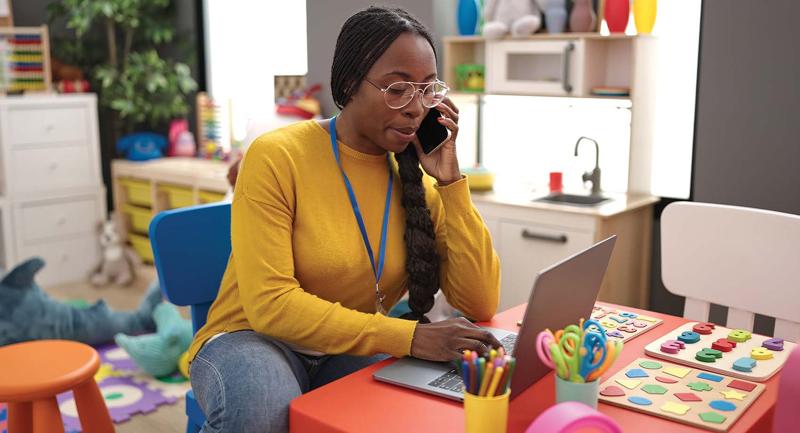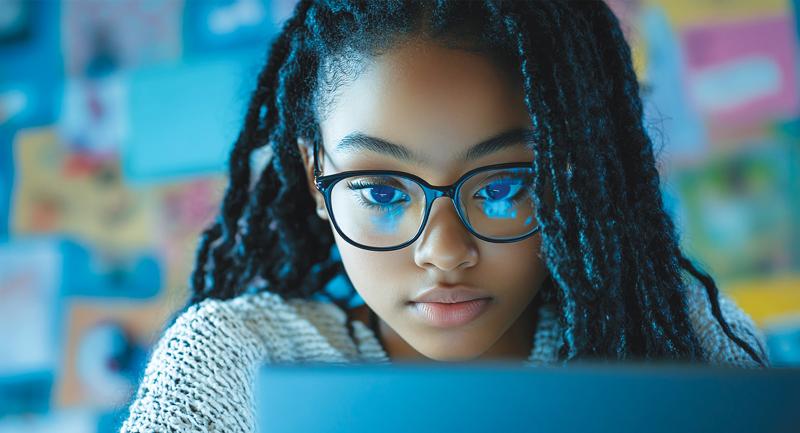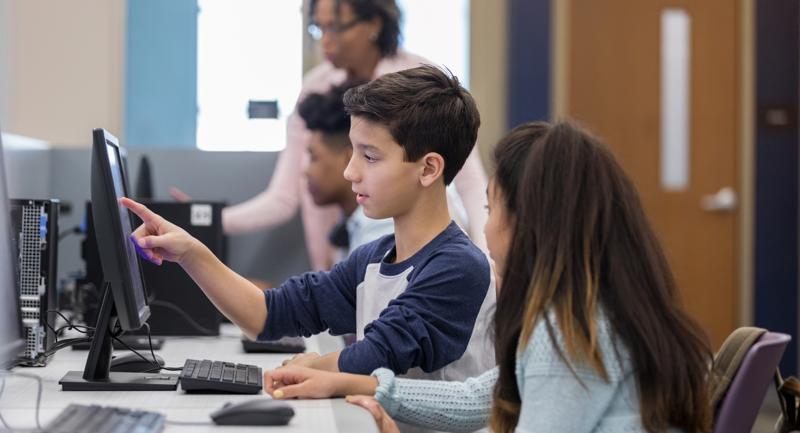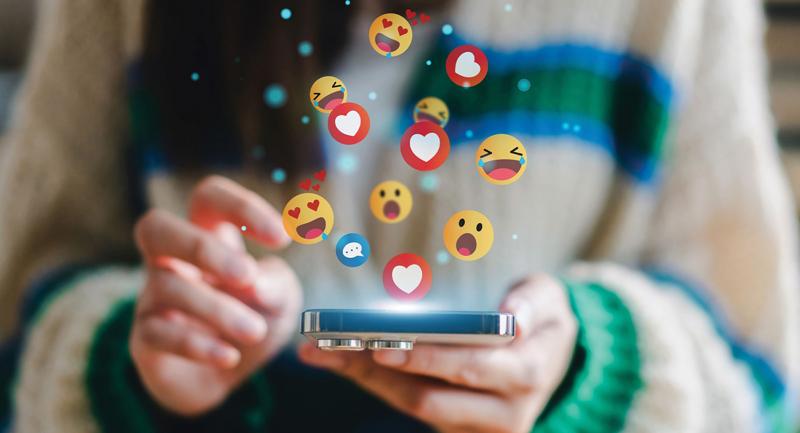Transformational Learning Principle
Empower—Prioritize Authentic Experiences: Educators create opportunities for students to apply and extend their learning in meaningful, real-world contexts. They facilitate authentic performance-based projects and assessments that elevate students’ roles as designers, creators, collaborators, and problem-solvers.
Over a hundred years ago, American philosopher and educator John Dewey introduced “learning by doing” in his seminal article My Pedagogic Creed (1897), which encouraged teachers to connect school learning with students’ everyday life experiences. He argued that hands-on activities, which promote social interaction and higher-order thinking, deepen understanding and improve retention.
Today, this idea—often referred to as experiential learning—remains a central best practice in education. When students apply their understanding in authentic contexts, they take on roles as designers, creators, collaborators, and problem-solvers who are actively shaping their learning process.
To support this kind of authentic learning, teachers can use technology that bridges classroom curriculum with real-world experiences. Years ago, I developed the Triple E Framework, a research-based approach to evaluating technology use in instruction (Kolb, 2017). The framework helps educators assess whether their use of technology in a lesson enhances learning goals and extends students’ thinking in authentic, real-world applications. Do the tools truly add value?
The three components of the framework—engagement, enhancement, and extension—are essential for designing and assessing experiential learning. Validated by independent research (Schatzke, 2019) and widely adopted by educators, the three E’s can be a valuable tool for ensuring technology-rich lessons prioritize authentic experiences that matter to students.
Following is a brief definition of each of the three E’s—and guidance for how educators can assess whether their use of technology helps students meaningfully engage with, enhance, and extend their learning in authentic contexts.
Students learn best when they are actively engaged in experiences that feel meaningful and relevant.
Engagement in Learning Goals
A high-quality lesson that incorporates technology should allow students to discuss learning objectives and to actively engage in the learning process. For example, having students collaborate on a shared digital map to chart local environmental changes is likely to result in more authentic engagement than simply clicking through an online quiz. The former encourages students to apply classroom concepts to their own communities, while the latter is disconnected from meaningful application. Educators can evaluate their lesson’s effectiveness in promoting authentic engagement by considering:
Does the technology help students focus on the learning goal, engaging them in effortful, minds-on mental activity?
Does the technology minimize distractions from the learning goal?
Is the technology used actively and socially?
Enhancement of Learning Goals
A high-quality lesson incorporating technology should provide opportunities for students to enhance their higher-order cognitive skills, such as problem solving, synthesizing, analyzing, and critical thinking. It is also essential that the technology adds genuine value to the lesson. For example, a Spanish teacher comparing U.S. and Spanish cultures might use Google Earth to explore 360° images of local marketplaces side by side, making the lesson more authentic than static textbook photos. To assess whether a lesson meets these criteria for enhancement, educators can ask themselves:
Does the technology promote higher-level thinking related to the learning goal?
Does the technology provide scaffolding that meets students at their current level of understanding and supports their progress toward the learning goal?
Does the technology create opportunities for students to personalize their learning and show what they know in ways that are meaningful and connected to learning goals?
Extension of Learning Goals
A high-quality lesson that uses technology to extend learning beyond the classroom should provide easy access to technology tools both inside and outside of school. This accessibility promotes the transfer of classroom knowledge to students’ everyday lives while integrating essential soft skills, such as the 4 C’s (communication, collaboration, critical thinking, and creativity). For example, an elementary teacher might have students rotate through math stations, including one with a video tutorial. Instead of a generic textbook video, the teacher could record a screencast using real data from the school or community—like Friday night football scores or math problems from local businesses. Featuring familiar people and places helps students connect learning to their real lives. Educators can ask the following:
Is the technology tool accessible 24/7 (free and compatible with all platforms)?
Does the technology help connect the learning goals with students’ real-world experiences?
Does the use of this technology encourage and develop soft skills?
Bringing the Three E’s to Life
With these questions in mind, the following examples from classroom teachers I have worked with illustrate how educators across grade levels and subject areas might use technology to support authentic experiential learning. Each shows how a lesson can engage students, enhance their learning, and extend their understanding beyond the classroom in meaningful, real-world ways.
Personal Narratives with Google Earth Tours
Let’s say the learning objective is for students in an elementary ELA classroom to write a personal narrative. Instead of having students simply write their narratives on paper, teachers can create a more authentic learning opportunity with Google Earth’s tour feature. Using the multimedia tools available within the tour feature—such as selecting locations and satellite images, adding personal reflections, writing text descriptions, and recording audio—students can take a hands-on approach to building “tours” of places that are meaningful to them.
By integrating their personal narratives with the actual locations where their stories take place, students enrich their storytelling by anchoring it in the physical settings that inspired them. After creating a cohesive tour, they can share it with their classmates. So how does Google Earth’s tour feature support authentic learning? Figure 1 briefly outlines how the tool aligns with key criteria for meaningful tech integration, using “yes” to confirm clear alignment and “some” to indicate partial alignment.
Historical Salon with Generative AI
Middle school students in social studies can use generative AI tools, such as ChatGPT or Hello History, to converse with historical figures (see fig. 2). Rather than simply reading about people in a textbook, AI can simulate responses from figures like Martin Luther King Jr., enabling students to “interact” with them in a back-and-forth dialogue. This immersive approach lets students explore historical perspectives in a way that feels personally relevant and intellectually engaging, creating a more authentic look into the past. Students can extend these conversations by hosting virtual salons where they role-play historical figures and debate issues. For example, a student could take on the role of the U.S. Labor Secretary while the AI tool responds as Martin Luther King Jr. in a discussion about labor policy. Asking AI to cite sources also gives students a chance to build media literacy skills.
Real-World Math with Cell Phone Apps
High school students can use applications like Homeroom or Goosechase to document the math they encounter in their everyday lives (see fig. 3). To connect classroom math learning with real-life experiences, a math teacher can encourage students to take pictures or recordings of themselves engaging with math in their daily routines—analyzing gas prices at a pump, splitting a payment for a snack with a friend, measuring ingredients when baking cupcakes—and share these in the class photo or video app. In both apps, teachers can set up missions related to math concepts, like finding the slope of a wheelchair ramp at the local library using Pythagorean theorem or predicting MLB game winners based on previous strikeout data. Most high school students carry phones with them at all times—and whether they’re shopping, commuting, cooking, or gaming, they encounter math regularly, though often without realizing it. Apps can help students notice and capture these moments, making math feel more relevant and connected to their everyday lives.
Connecting Learning to Life
When Dewey (1897) wrote, “Learning is not the product of teaching. Learning is the product of the activity of learners,” he captured a truth that continues to guide effective teaching today: Students learn best when they are actively engaged in experiences that feel meaningful and relevant. Authentic experiential learning helps students link academic concepts to real-world contexts—and when used in ways that foster engagement, enhance learning goals, and extend thinking, technology deepens this relevance, creating bridges between instructional goals and students’ lives.
Reflect & Discuss
➛ How does your current tech use connect learning to real life?
➛ Which of the three E’s needs more attention in your teaching?
➛ What’s one learning activity you could make more authentic with tech?
Learning First, Technology Second in Practice
Building on her bestselling book, Kolb shares new research, real classroom examples, and practical tools to help educators use technology with purpose and impact.





